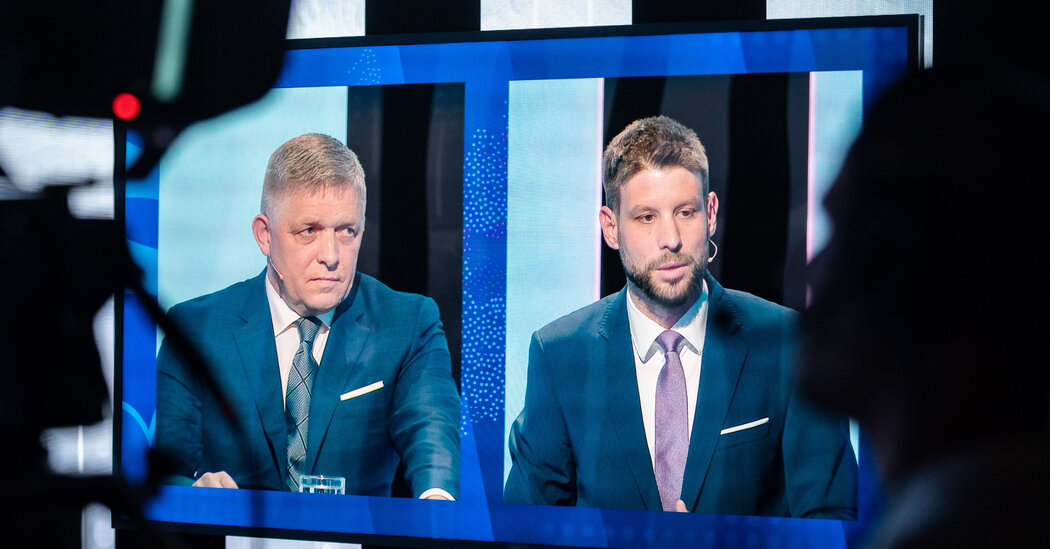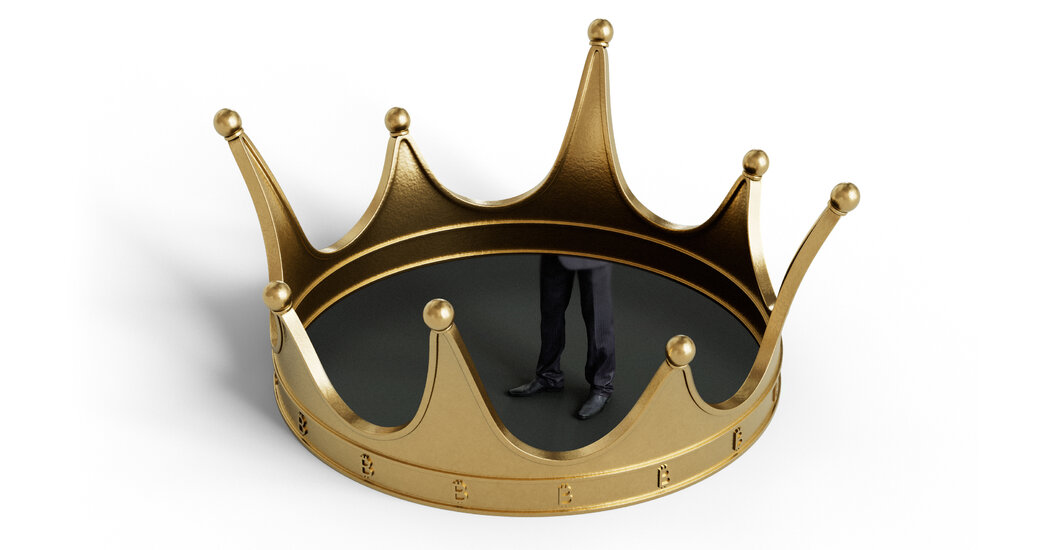Eurozone Inflation Falls Faster Than Expected
What It Means: Soaring energy and food prices have been tamed.
Energy prices shrank 11.5 percent from a year ago, when the cost fuels and electricity had surged by nearly 35 percent from a dearth of energy supplies amid Russia’s war in Ukraine. Food prices rose 6.9 percent, around half the rate of a year ago.
Governments in France, Germany and Spain have been working to lower food and energy bills to help consumers buffeted by the cost-of-living crisis. In Belgium, prices contracted for the second straight month, raising questions about whether deflation may setting in.
“This shows that signs of an imminent victory on inflation are mounting for the European Central Bank,” Bert Colijn, senior eurozone economist at ING Bank, said in a note to clients.
Behind the Numbers: Big economies are seeing sharply lower prices.
German inflation fell more than expected, to 2.3 percent from a year ago, helped by easing price pressures in all sectors of the economy. The government has been subsidizing food and energy households, but that program will soon wind down.
In Spain, the annual inflation rate fell to 3.2 percent in November as a result of cheaper fuel and deeply discounted travel deals in the tourism industry, a big driver of growth.
Inflation in the French economy was 3.8 percent in November from a year ago, compared with 4.5 percent in October, Eurostat said.
“It is a real success to have managed to control inflation in two years. It took 10 years in the 1970s,” Bruno Le Maire, the economy minister, said in an interview on France Inter radio Thursday. “The price to pay is higher interest rates, more difficult financing and therefore an economic slowdown,” he added.
Keep in Mind: Inflation is expected to linger as growth slows.
Christine Lagarde, the president of the central bank, said last month that while inflation has been dropping sharply, prices are “still expected to stay too high for too long, and domestic price pressures remain strong.”
The central bank has ratcheted up interest rates since July 2022 to curb soaring inflation that was triggered by a surge in energy prices last year. Interest rates were raised from below zero and are now at the highest level in the central bank’s two-decade history.
But Europe is facing a drawn-out economic slowdown as high interest rates and the lingering impact of Russia’s war in Ukraine continue to curb activity. The eurozone economy grew at an anemic annual rate of just 0.1 percent from July to September, , compared with markedly faster growth over that same period in the United States.
Looking Ahead: Talk is growing of a cut in eurozone interest rates
The downturn highlights the challenges facing policymakers at the European Central Bank, who last month paused their campaign of interest rate increases amid signs that the region’s economy has weakened.
Officials are now focusing on how long they will need to maintain high interest rates in order to push inflation down to the central bank’s target of 2 percent. They are still worried about factors like wage growth and possible spikes in the energy market that could put inflation on a higher path again, Mr. Colijn said. His bank is among those expecting the E.C.B. to start lowering interest rates next year, possibly before the summer.


